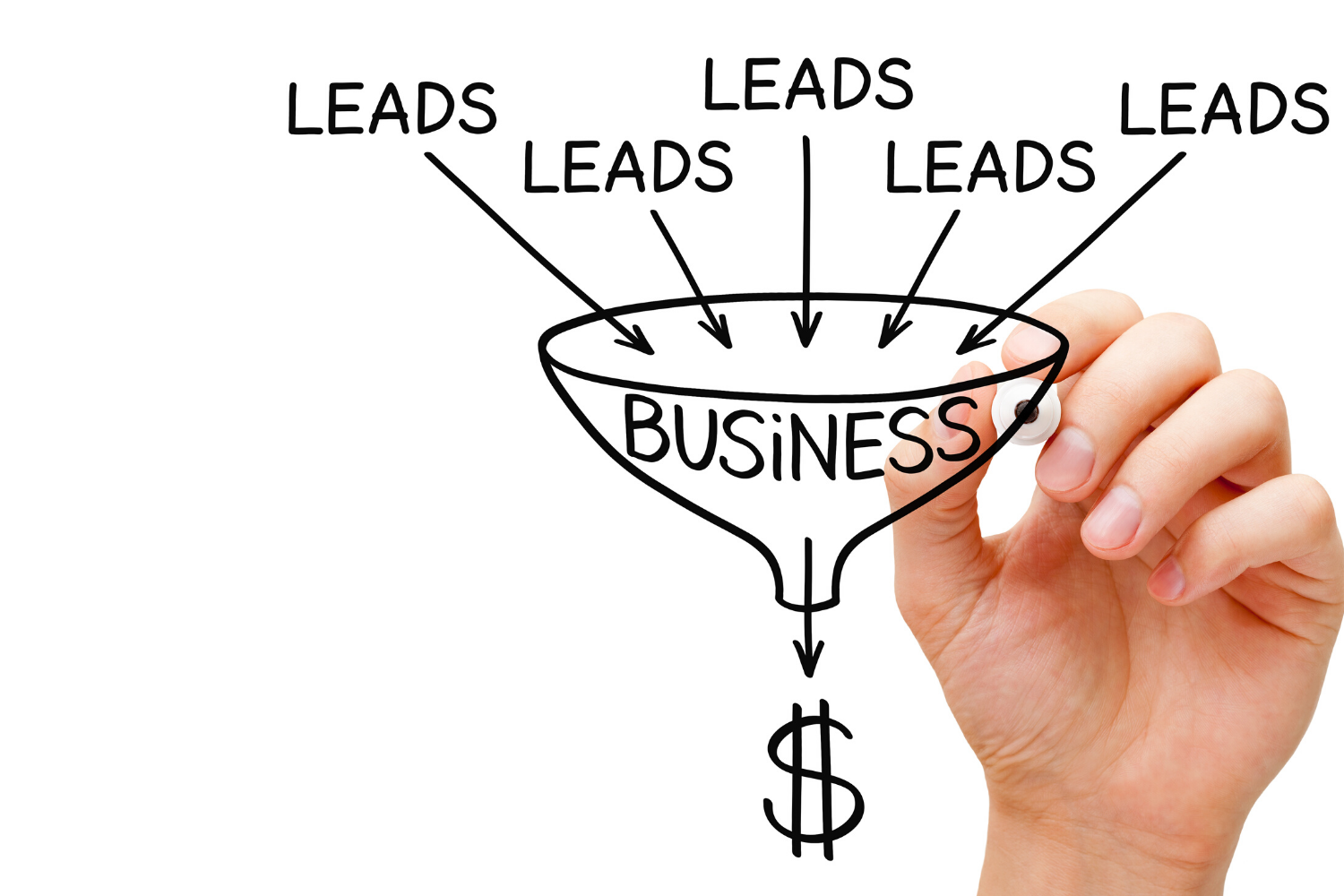It’s not the number of leads you find, it’s what you do once you captured them. There is a misconception in the real estate industry that the higher your lead count, the more successful that agent must be. We forget the objective isn’t actually to get leads–it’s to get those leads to the closing table.
The magic is what happens between getting a lead and signing the lead to you. If you have 1,000 leads, and an associate at your firm has 100 leads, but both of your lead pools led to ten closed sales…who’s really more efficient at generating business and driving revenue? Any lead in real estate is only as good as what we do with them.
Handling real estate lead follow-up
The truth about real estate leads is that most people aren’t interested in doing a real estate deal at that particular moment. It doesn’t mean that they won’t be interested someday. When they are, how will you be certain you are their first call? You need a system for lead nurturing to stay top-of-mind.
Systems for engaging leads
Real estate lead engagement
The key with lead nurturing is finding a balance between staying top-of-mind and over spamming. You will earn that lead when you snag their interest at the right time, but not by cluttering their email 2-3 times a week.
As the video graphic shows, the rule of seven touches balances contact made and how you do it. Through these multiple avenues, increase your chances of winning the lead over and bringing them in to sign a client agreement.
How do you know your real estate lead nurturing is working?
Lead engagement is a long-term process. You can’t do it for a few months and forget about it. When auditing your systems, there are a few signals that show if the lead nurturing system is working for you.
One key indicator happens when you follow up with your potential leads. If you make contact with them, and they say that they have already bought or they’ve already sold, that’s a sign that your lead nurturing needs some work.
Another is keeping track of your conversion rate. With a solid database in place, you should see when that lead entered your cultivation bin and when you signed them to an agreement. As your lead nurturing systems improve, the number of successfully cultivated leads-to-clients should ideally increase.
When your lead nurturing is working properly, you’ll see high engagement with your cultivation tactics. The people inside your cultivation bin engage on a regular basis, whether it’s opening an email or liking a post on social media.
In short, yes, the number of leads is good for your business, but converting those leads to clients is even better. A comprehensive real estate lead nurturing plan is how you cultivate and grow your business.
If you’re looking for some more lead tips – check out these articles:
- AI-Powered Lead Generation & Chatbots: Transform Your Real Estate Business
- Agent Management Portal: The Recruiting Tech That Changes Everything
- Real Estate Manager Training – The Vacation Mindset
- Social Media Strategy for Realtors: What to Post on Facebook, Instagram, YouTube & LinkedIn
- How Real Estate Brokers Use Technology to Recruit Agents in 2025


















